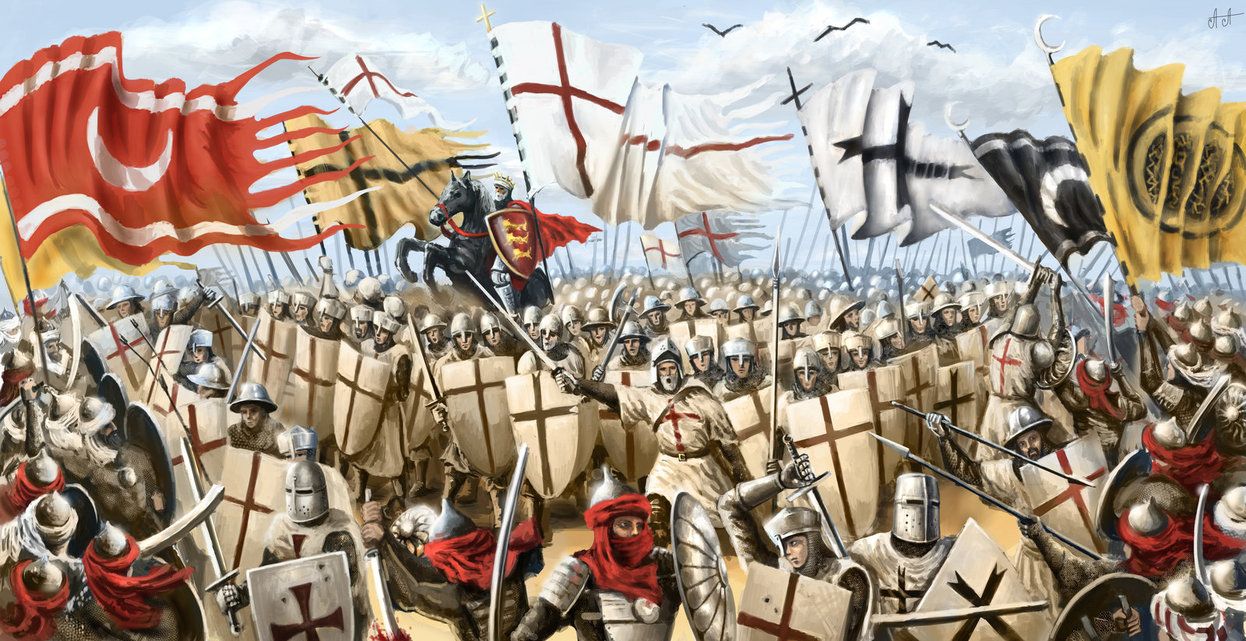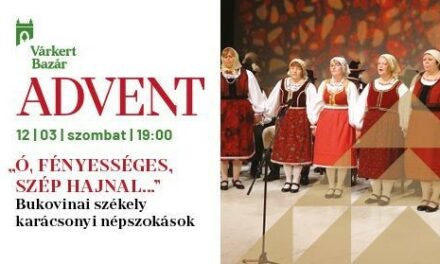"A nation that does not know its past does not understand its present, and cannot create its future!"
Europe needs Hungary ... which has never allowed itself to be defeated.
III.
Béla's death left a big void in the country's development. Numbers (year numbers) in history hide remarkable regularities. This is also the case with the Árpád kings. Saint Stephen, the founder of the Christian state, ruled for 41 years. The second founder of the country, IV. Béla managed the affairs of the country for 35 years, II. András ruled the throne for 30 years. III. Béla spent 24 years on the Hungarian throne - the fourth longest - when Hungary's economic strength brought it close to the great powers of Europe. The Kingdom of Hungary boasted the largest area in terms of territory. We can draw the conclusion - although counterexamples can be given - that the destiny and development of a country achieves results when a talented leader is given time to implement his plans.
Béla was succeeded on the throne by his eldest son, Imre, who was crowned junior king by his father before his death. III. However, Béla's younger son, Prince András, did not accept the decision. He constantly incited rebellion against King Imre (1196-1204), as happened so often in the previous centuries of the Árpáds.
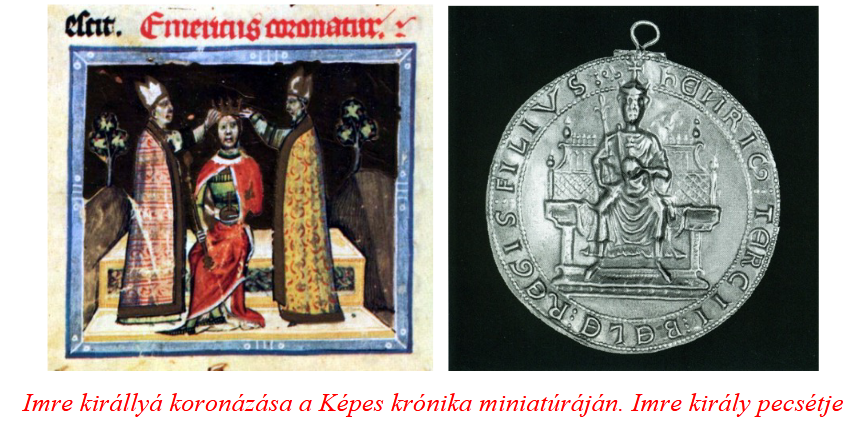 Prince András already attacked his brother, the legitimate king, in 1197 and won a victory over him in Slavonia.
Prince András already attacked his brother, the legitimate king, in 1197 and won a victory over him in Slavonia.
This clash differed from previous battles for the throne in one important respect. Without exception, the former claimants to the throne tried to seize power with the help of foreigners. Prince András was the first to rely exclusively on the Hungarian lords. The fighting brothers III. At the request of Pope Ince in 1198, they reconciled. Imre used the peaceful period to expand southward. In 1201, he assumed the title of King of Serbia, and in 1202, King of Bulgaria. In the autumn of 1202, the Crusader army, which was mostly made up of Frenchmen, attacked the Hungarian-held Zára in order to get money.

The Doge of Venice incited the Crusaders against the Hungarians. The city rebelled several times against the exploiting Venice. They wanted to belong to the Hungarian kings much more, because then they were freer and could grow better. The siege of the Fourth Crusade in November 1202 was successful, after a month and a half siege, Zára fell into the hands of the Franco-Venetian allies. (Unfortunately, 15 years later András II pledged Zára in favor of Venice.)
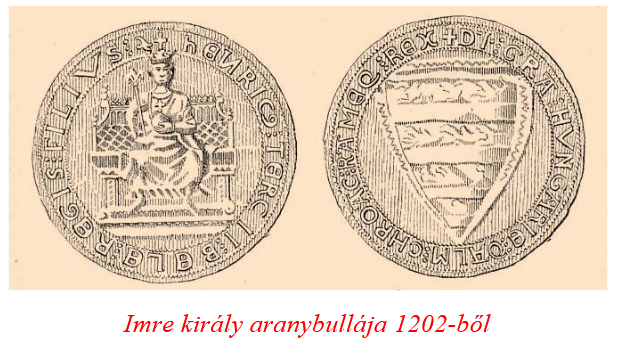
The succession to the throne in 1203 gave rise to another dispute, which led to an armed conflict. The opposing parties had already lined up against each other near Varasd when the famous scene took place. Some sources mention this as King Imre walking into the camp of the claimant to the throne with a royal scepter in his hand, where he said: "I will see who will point his weapon against me, who will shed the royal blood." No one dared to raise a hand against the anointed Hungarian king. He captured András in his own camp, led him out among the ranks of his supporters and locked him in prison. (Ottó Freising's astonishment from half a century earlier, that the power and authority of the Hungarian king was unparalleled in Europe, seems to have been unbroken even in the 13th century. It should be added that the story comes from the pen of the biased Tamás of Spalato, so its authenticity is questionable.)
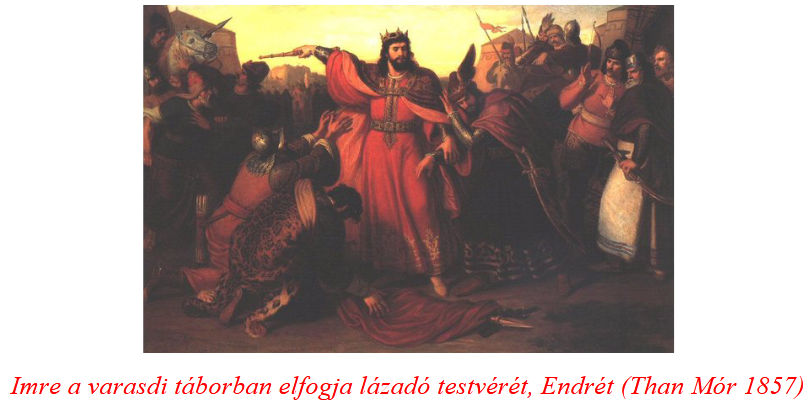
However, András was soon freed by his followers, and the conflict between the brothers intensified again. Sensing that the end was near, Imre crowned his son with the support of the Pope. After the king's death, the only four-year-old child III. He occupied the throne under the name László (1204-1205). However, his guardian, Prince András, exercised power instead.
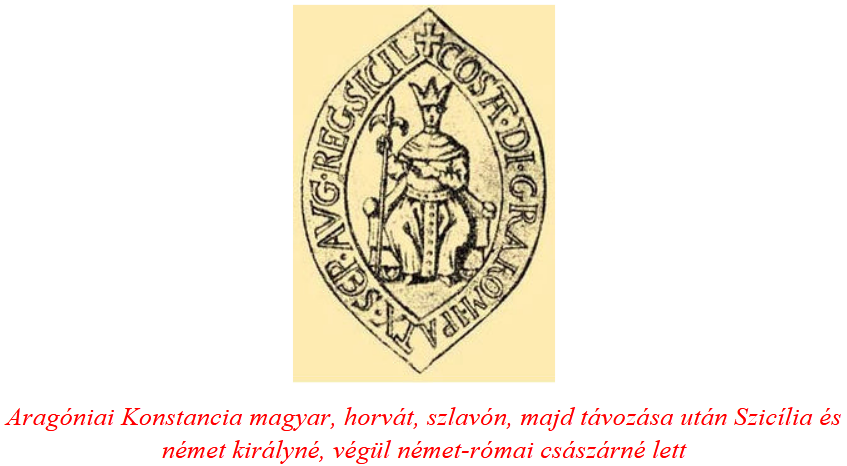
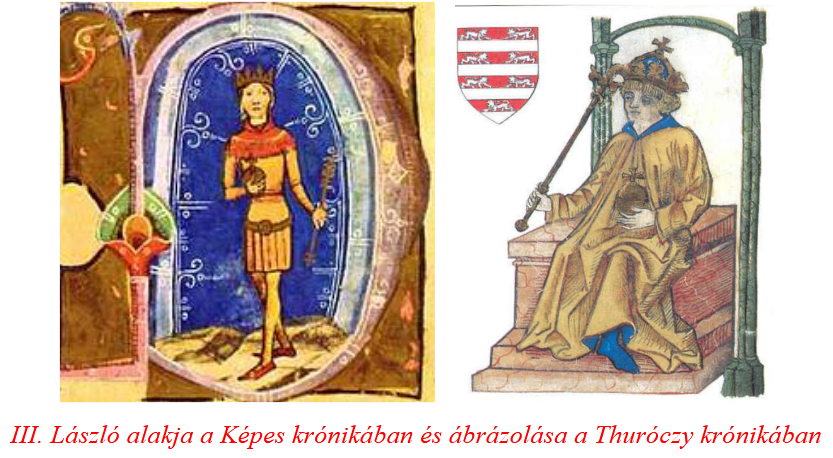
András mistrusted the child and his mother, the Spanish princess Constance.
The differences almost escalated into war when the child died. The guardian, King Imre's younger brother II. He occupied the Hungarian throne under the name András (1205-1235). The first years of the reign of the otherwise talented King Árpád were marked by the greed and anti-Hungarianism of his wife and the Merán (Bavarian) relatives. Partly this practice, partly the great predecessor, III. It was Béla II's policy that led him to it. András for donating entire counties to his followers. The anger of the Hungarian lords was caused by the fact that most of the foreigners had access to the huge land holdings, the property of Árpád's people. This policy, on the one hand, reduced the credibility of the king and, on the other hand, reduced the revenues of the treasury. An unscrupulous elite emerged in the country, which was unprecedented in the previous two hundred years. The growing influence of foreigners provoked the anger not only of the Hungarian lords, but also of the middle-class landowners.
However, it should be known that even our first kings (St. István) donated royal estates, but these were replaced by the continuous increase of the lands of the Kingdom of Hungary. This option II. It was no longer granted to András, because the entire area of the Carpathian Basin was populated, so the king reached for the castle estates. A bigger problem was that most of them fell into foreign hands. The Germans who were accepted into the territory of the country almost made themselves independent and acquired more and more lands for themselves even without the consent of the king.
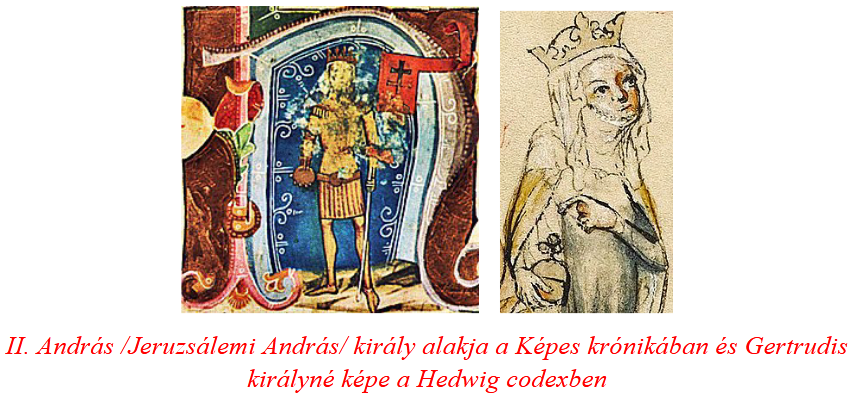
According to the well-known story - which is due to the literary and musical work Bánk bán - the rebellious Hungarian lords murdered Queen Gertrudis, who was staying in Pilis, in September 1213. King András, who was on his way to Halics, turned back at the tragic news, but only Péter Bán was executed among the assassins, the other rebels only lost their dignity. (No matter how much we rightfully resent Gertrudis because of the foreign influence, we can also be proud of her. After all, she gave birth to five children, of whom Prince Béla will later be considered the second founder of the country, and Elizabeth became one of the most famous female saints in the world.)
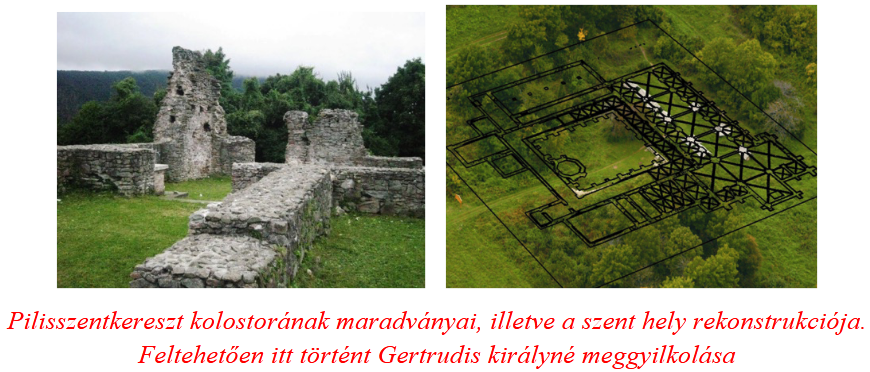
Unused II. Nor did András to Hungary by settling the German Knights, Teutons known for their violence, in Barcaság in Transylvania in 1211. The lack of restraint of the knights, the exploitation of the Hungarian population, the minting of their own money, and their unconcealed pursuit of independence caused many problems for the king. However, when the knightly order already offered the Kingdom of Hungary to the Pope, András could no longer tolerate the arbitrariness of foreigners. King Árpád of the House expelled the German knights from the country in 1225. (The Teutonic Knights then settled in Poland, where the Poles suffered from them for more than two hundred years. In the Battle of Grünwald in 1410, they also put an end to the rule of the Teutonic Knights.)
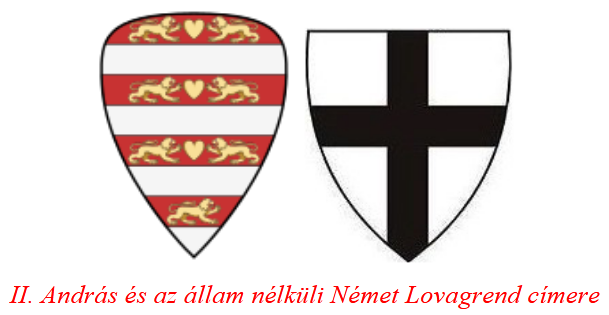
It is worth mentioning the II. A crusade led by András, which took place only because he felt it was his duty to fulfill his father III. Béla's vow. The Kingdom of Hungary would never have undertaken to organize and lead a crusade, that was a matter for the states of Western Europe. (Although this was suggested during the time of St. László, it was not realized either.) A desire for adventure, money, glory, and the fight against the sects spread in the western countries drove the knights towards Jerusalem to recapture the Holy Sepulchre.
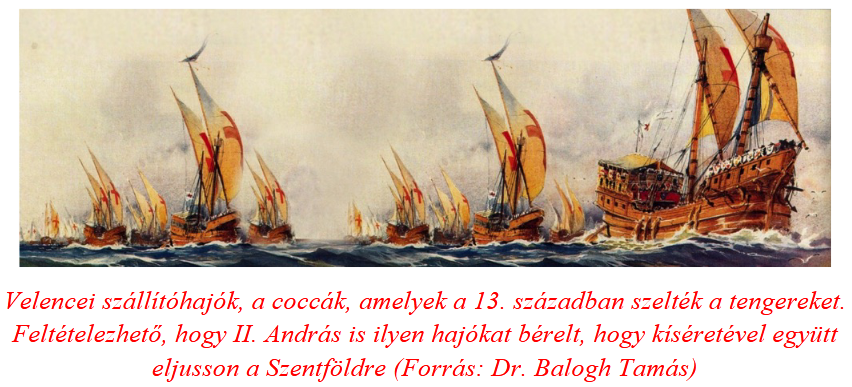
In addition to his vow, the Hungarian king was also prompted to travel by the fact that the throne of Byzantium became vacant in 1216, and II. András also had a chance. In the summer of 1217, András and his entourage left Spalato for Jerusalem on ships rented from Venice at an astronomical price - for example by pledging Zára. (The event took place in the port, which is the source of the well-known saying by Hungarians, which goes like this: "It's as far as Makó from Jerusalem." A Hungarian warrior named Makó got so drunk before arriving at the port that when he sobered up in Spalato, he thought he was already in Jerusalem.)

The king was accompanied by an army of about ten thousand people. However, only a fraction of the large army could fit on the ships - about 1,500 soldiers - as they also had to take their horses with them. Amid great celebrations, the fifth crusade was launched under the leadership of the Hungarian king. En route, the fleet docked in Cyprus, where another army joined the crusaders. The difficulties of supply, the Arab superiority, the high cost (the poorer knights could not cover the costs and therefore went home), the unmanageable crowd doomed the campaign to failure. II. András even sailed across to Akko in Asia Minor, which was then still in the hands of the Christians. However, they could not achieve more. At the beginning of 1218, given the hopeless situation, the king returned to Hungary at the head of his army. On the way home, he obtained for his son the hand of his daughter, Mária Laszkarisz, from the Greek emperor.
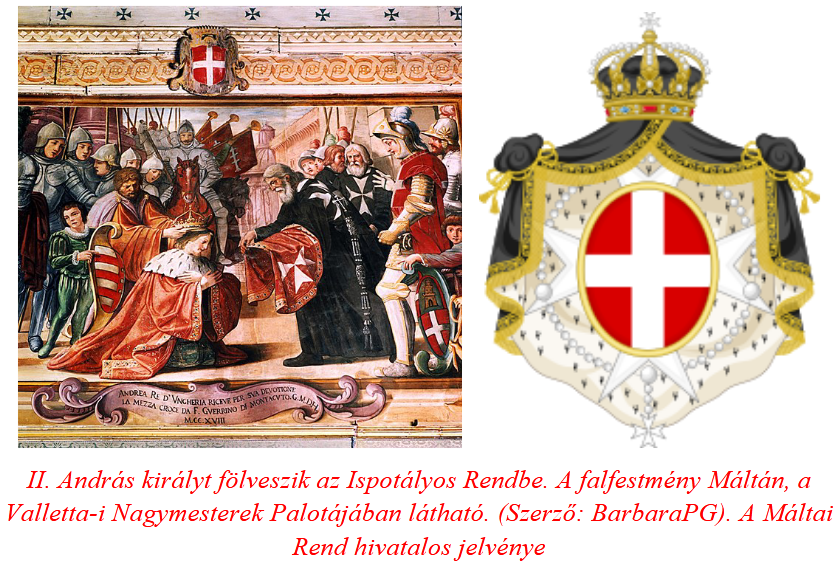
The ruler who returned home fortunately still had to deal with German influence.
This became stronger when II. András settled the Saxons in the territory of the Kingdom of Hungary in 1224. This was Andreanum, which the Saxons "thanked" more than once in the following centuries by turning against the Hungarians. In addition, at the beginning of the 13th century, the Székely people had already settled on this land (Saxony), who had to move further east by royal order. This is how the area of Székelyföld was formed. (You should know that in addition to Transylvania, Saxons lived in the Felvidék, also known as boots in German. However, they settled not all at once, but already during the time of Géza II, in the middle of the 12th century, in the northern parts of the Carpathians. However, they only received a letter of privilege in 1271, V. They were given during the reign of King Stephen.)
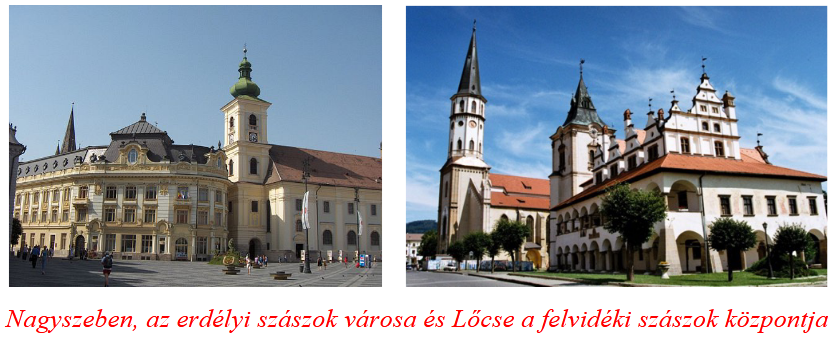
II. András's most significant and best-known historical act was the Golden Bull published in Fehérvár in 1222, which then remained in force for about six centuries. In Europe, after the English Magna Charta /1215/, it is the second basic law that, according to today's interpretation, corresponds to the constitution. The 31-point law included, among other things, the formation and strengthening of the nobility. He also described the concept of "crown property", which led to the development of a unique legal formula in the world, the doctrine of the Holy Crown. The essence of this is that the country's royal land holdings are territories independent of the current ruler, which represent the basis of the power connected exclusively to the Holy Crown. /The golden bull was a seal made of gilded metal, hence its name./

It belongs to the eventful reign of King András, when, for example, despite the protests of the Archbishop of Esztergom and even the Pope, he put Jews and Ismaelites in charge of managing the royal money, chamber tax, and salt affairs. The charter issued by the nobles of Zala county in Kehidán in 1232 is also linked to his rule, which was the first step in the development of the noble county system. The year of King András's death - 1235 - did not pass without important events. During the summer, World War II invaded Hungary. (Warlike) Austrian Margrave Frederick. The Hungarians repulsed the invaders and advanced to Vienna. In the age of the Árpáds, external attacks never went unanswered. When the king died in September 1235, his third wife Beatrix Estei announced that she was expecting a child from the then-dead king. Prince Béla did not admit this, saying that it was from someone else. In the end, Beatrix had to flee the court in men's clothes, and on German soil she gave birth to her son, named István, who will continue to play a role in Hungarian history.
Author: Ferenc Bánhegyi
The parts published so far can be read here: 1., 2., 3., 4., 5., 6., 7., 8., 9., 10., 11., 12.

